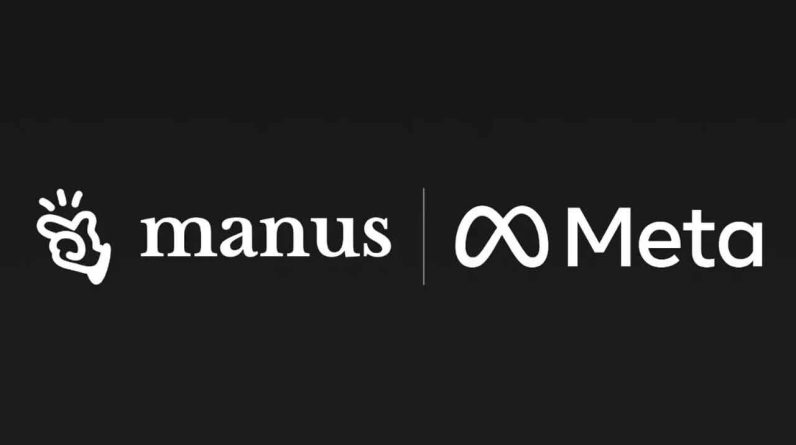
Artificial Intelligence (AI) has surged into the mainstream and is poised to revolutionize operations in the banking sector. Several factors have fueled this surge, notably the exponential growth in data volume and complexity, heightened pressure for swift
and precise decision-making, and the imperative for transparency. While generative AI is going to be invaluable with helping banks summarize large populations of data, and you may need to whisper this,
it’s not the only technology driving automation in the banking sector.
AI Begins with Context
In risk modeling, selecting input data points, or features, holds paramount importance, often surpassing the choice of model or algorithm. In an industry bound by stringent regulatory requirements for modeling transparency and explainability, the scope for
model selection is frequently constrained, elevating the significance of input features as the primary determinants of model success or failure. Therefore, the pivotal inquiry becomes: how can we imbue our features with maximal contextual relevance?
Network-based features emerge as a strong mechanism for infusing copious amounts of information into models while upholding the imperative for transparency and explainability. One effective approach entails leveraging bespoke document-entity networks to
generate features that delineate the interconnectedness of businesses and individuals. At Quantexa, our utilization of network features, depicting relationships between companies and their directors, has served as pivotal inputs for our Machine Learning Shell
Company detection model, yielding an industry-leading 20% enhancement in performance compared to relying solely on record-level features.
The outputs of our model—predictions pertaining to shell companies and the agents orchestrating their formation—hold implications for bolstering risk detection efforts across Anti-Money Laundering (AML), Know Your Customer (KYC), and Fraud mitigation domains.
Our Composite AI Stack integrates subject matter expertise with a range of machine learning and deep learning techniques, alongside access to vast structured and unstructured industry data. This comprehensive approach enhances adaptability, accuracy, and
effectiveness of models. Leveraging expertise and domain knowledge throughout the model development process ensures high accuracy and trust in solving complex business problems. In short, banks looking to implement AI should avoid relying on one model, technique
or approach. Doing so can lead to limitations in perspective, adaptability and performance.
The Importance of Network Features
Networks offer a versatile framework for modeling entity relationships across various contexts. For instance, networks depicting payment transactions between parties can unveil telltale signs of financial malfeasance. By scrutinizing specific patterns within
the network—such as cycles of transactions with similar magnitudes—we can unearth risks that would otherwise evade detection when examining transactions in isolation. Moreover, when supplemented with a repository of known instances of fraud, network features
like the frequency of U-turn or cyclic payments can fortify supervised learning models, augmenting their predictive capacity for future risk scenarios.
One particularly salient network for modeling corporate risk is the organizational legal hierarchy, encompassing directors, shareholders, and subsidiaries. Fundamental attributes such as network size, connection density, and hierarchical layers serve as
invaluable dimensions for segmentation and feature generation in supervised learning models, enhancing our ability to discern and mitigate potential risks effectively.
For investigators and analysts, it’s here that graph analytics comes into its own by allowing them to analyze, visualize and understand hidden connections across disparate datasets. Crucially it’s scalable and intuitive, allowing teams to traverse billions
of edges without compromising on throughput with high frequency querying.
Entity Resolution is Transforming Banking’s Future
Entity resolution leverages advanced AI and Machine Learning techniques to parse, cleanse, and standardize data, enabling the identification of entities across disparate datasets reliably. This process involves clustering related records, aggregating attributes
for each entity, and establishing labeled connections between entities and their source records. Compared to traditional record-to-record matching approaches, entity resolution offers significantly enhanced efficacy.
Rather than attempting to directly link every source record, organizations can introduce new entity nodes as central points for connecting real-world data. High-quality entity resolution not only facilitates linking internal data but also enables the integration
of valuable external data sources, such as corporate registries, which were previously challenging to match accurately.
As an example, Entity Resolution empowers our client HSBC to seamlessly integrate datasets in a reliable and visually intuitive manner. By adopting a unified solution, HSBC cultivates a comprehensive and diverse dataset, thereby expanding the scope of opportunities
and potential applications. This results in deeper and more insightful analyses, instilling confidence across its business units and accelerating the development of its customer-data assets.
Integration of our Entity Resolution technology with the bank’s modern core capabilities marks a significant leap forward, enabling it to transition from batch-based processes to nearly real-time product-and-service offerings across its omnichannel service
framework. This evolution encompasses customer interactions through various touchpoints, including call centers, branches, and digital channels, ensuring a seamless and dynamic customer experience.
Generative AI has an important role to play
Last year, we announced Q Assist a generative AI assistant that showcases the potential of leveraging Large Language Models (LLMs). Q Assist is an intuitive and conversational interface, enhancing
efficiencies for analysts engaged in risk identification within investigations. For organizations, the potential advantages are substantial, as this AI assistant empowers all analyst personnel to perform at the level of the most seasoned investigators. Q Assist
is LLM-agnostic, allowing clients the flexibility to employ their preferred models, whether proprietary, open source, or commercially available models like ChatGPT from OpenAI. When integrated into Quantexa’s Decision Intelligence Platform, Q Assist supports
the platform’s entity resolution, graph analytics, and scoring capabilities, unlocking unprecedented potential by enabling natural language queries and prompts.
Crucially, Q Assist – along with all generative AI products – cannot act as a bolt-on or in isolation to wider AI automation. The results that it will generate are only as good as the data, context and entity resolution technology on which it’s built. Banks
looking to implement generative AI should think more broadly about how different technologies fit into their AI automation tech stack.
You can read more about specific financial services use cases that demand AI
here.








